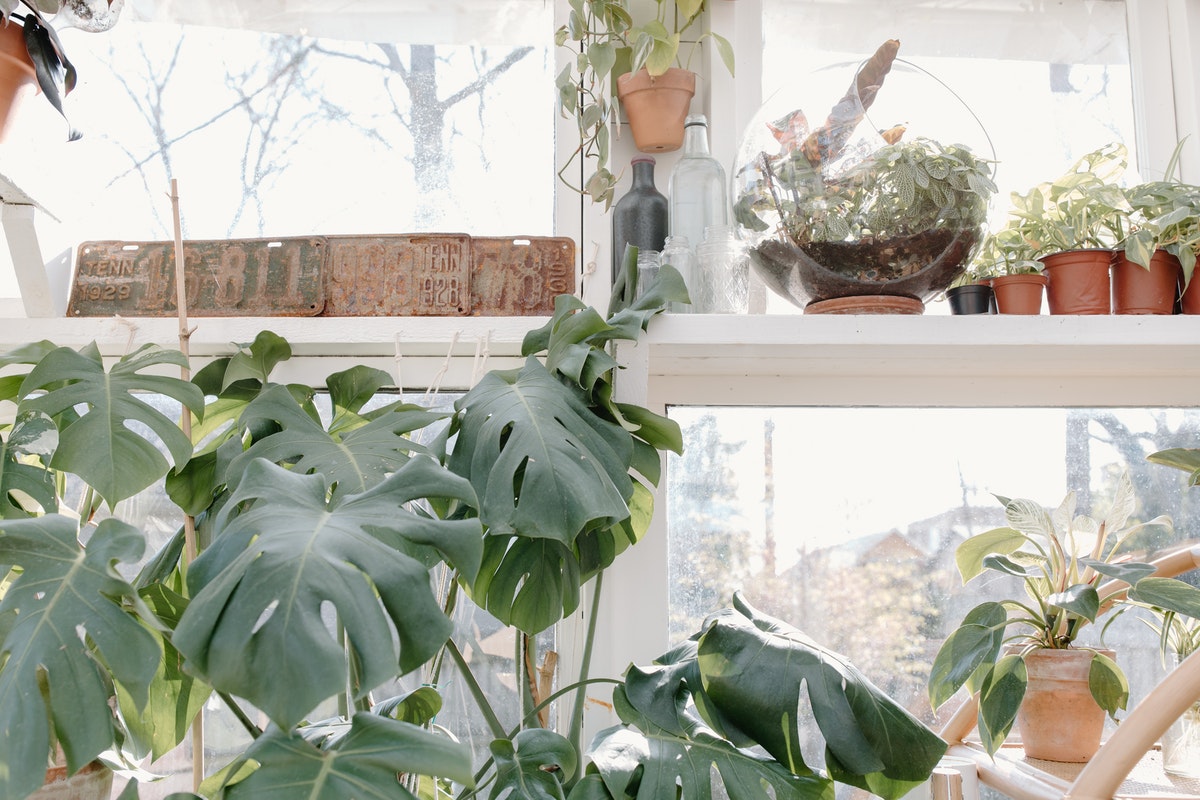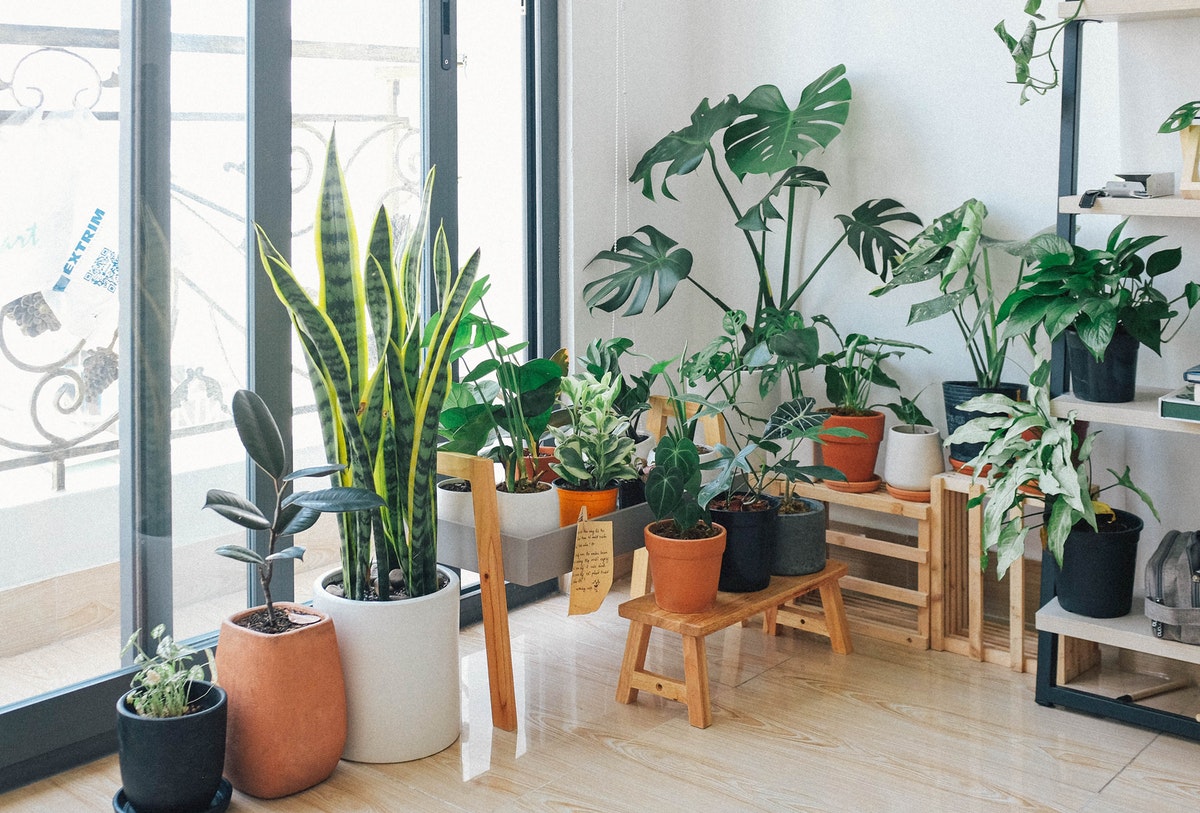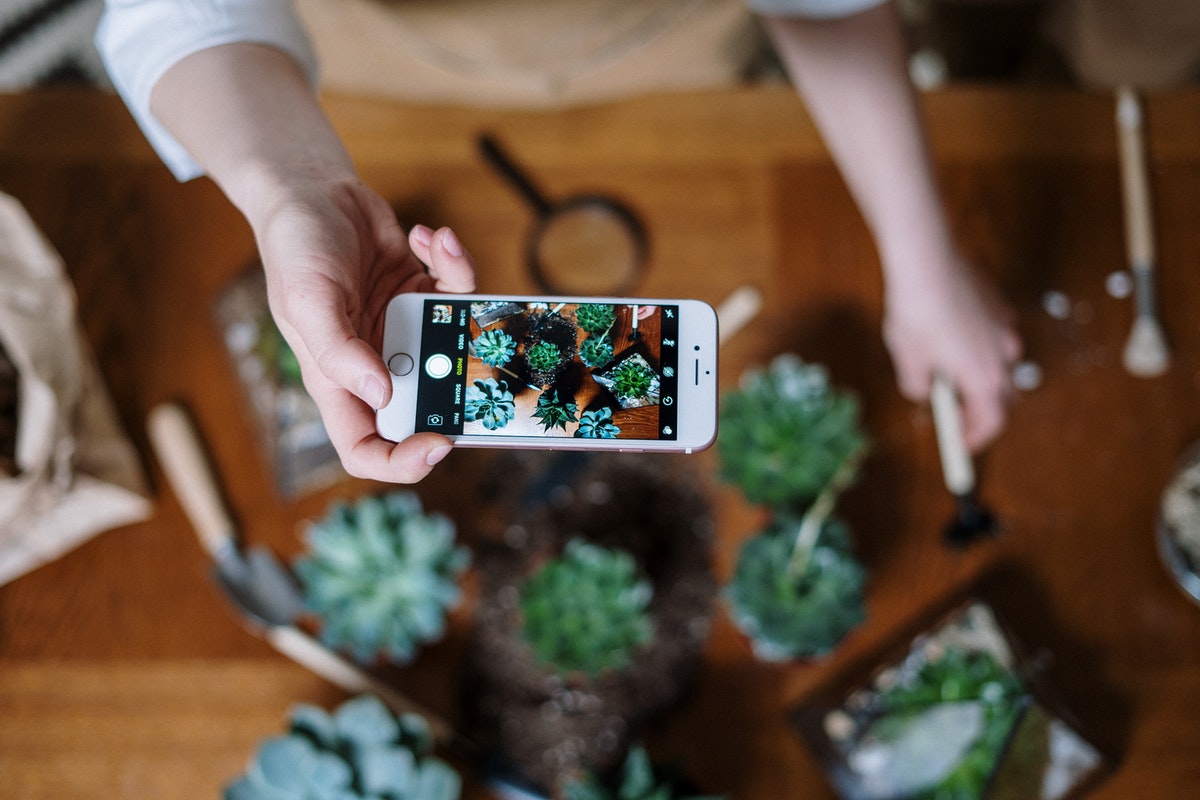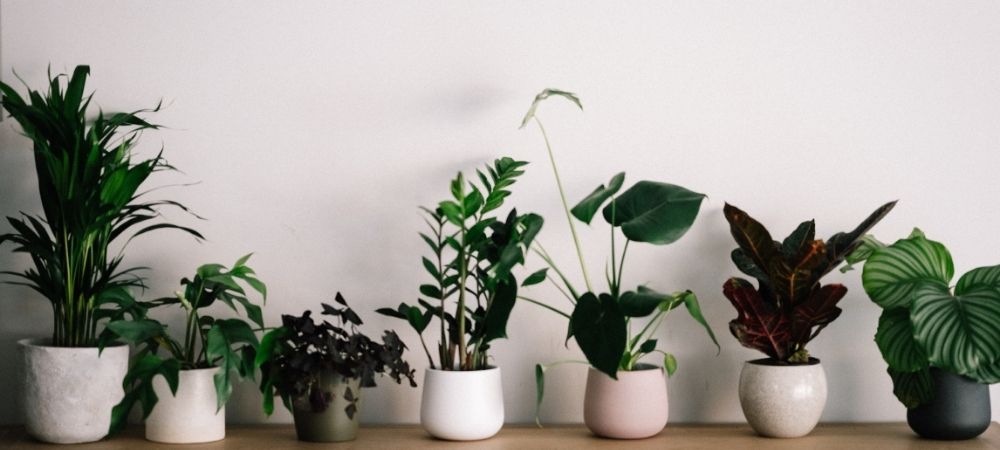There is nothing quite like a couple of house plants to transform any room of your home into a truly living space, and the recent boom in house plant popularity means many of us now live in our very own indoor jungle!
But house plants aren’t just ornaments, and they require particular conditions in order to thrive and fill your home with greenery and beautiful blooms.
The following guide provides the basics of house plant care. So whether you’re the kind of person who tends to kill the house plants gifted to you, a keen outdoor gardener, or if your fingers are just starting to get green and you want to know about the best house plants to start your collection, read on.
What do house plants need to survive?
All house plants need three fundamental things in order to survive: light, water, and a source of nutrients.
There are other considerations, such as temperature, humidity, and different types of soil, but the main things to focus on when caring for your house plants are the amounts of light, water, and nutrients they receive.

How much light do house plants need?
As with any variety of plant, house plants have different needs depending on their breed. Some plants can and will thrive in direct sunlight, while others need a slightly shadier spot.
The best house plants for sunny rooms
- Aloes
- Jade plants
- Palms
- Snake plants
House plants that need shade
- Ferns
- Spider plants
- Calatheas
- Monsteras
How often should you water house plants
Every time you water your house plant, nutrients are washed out of the soil. That’s why you should use a fertiliser or plant food concentrate on a regular basis to ensure your house plants get replenished.
Knowing when to water your house plants is one of those skills that becomes second nature over time. That’s why you rarely see people in their 70s poring over an app that details their house plant watering schedule – by that time of life, plant lovers are often in tune with the needs of their collection.
But if you’re just starting out, a good rule of thumb is that if the soil feels dry to the touch, your house plant may well need a drink.
Testing the surface of the soil is enough to know whether water-loving plants, such as pothos, spider plant, Boston fern and elephant’s ear, need a drink or not.
For succulents and drier plants, such as clivia, jade, and the fiddle leaf fig tree, push your finger a bit deeper into the soil to test it. If most of the soil feels dry, give your plant some water.

Common problems with house plants
The best way to spot problems in your houseplants is to pay attention to their leaves. In much the same way as the health of our pets can often be judged by how shiny their coats are, plants provide indications of their wellbeing through their leaves.
Leaves have spots or are starting to curl
If you notice the leaves of your plants have spots on or are starting to curl, there may be a problem with insects or disease. If you spot these symptoms, take a close look to check for bugs (which can be dealt with using bug spray available from all garden centers) or lift the plant out of its pot and take a look at its roots to see if they are healthy – it might need trimming back or repotting.
Yellowing leaves
Yellow leaves on a house plant indicate overwatering or a lack of light. In this case, try moving your plant to a sunnier spot and consider repotting into a terracotta pot for improved drainage.
Brown and crispy leaves
If the leaves of your plant go brown and crispy, the chances are it’s suffering from a lack of water or humidity. Check that you’re watering it as often as guidance suggests, and if you want to add humidity grab a mister and give it the occasional spray.
Pale leaves
Leaves turning pale is usually an indication that your plant is receiving too much light and needs a darker spot, while leaves falling from your plant would suggest it doesn’t like the dark and needs to be nearer a window.
Easy to look after house plants
If you’re just starting out, you might want to choose some easy to look after house plants that don’t need too much attention – until you get into a routine with watering your plants, start with one of these easy house plants that will still spruce up your space.
Cacti
If you’re looking for something low maintenance to spruce up your windowsill, easy house plants don’t come much more straightforward than cacti. Simply find a spiky friend and place it in a bright spot, and let its soil dry out fully in between waterings.
Snake plants
If you want something a bit more showy without putting in too much effort, the sansevieria trifasciata, or ‘snake plants’ are known for being easy house plants that are almost impossible to kill. With its green and yellow leaves that snake upwards with real elegance, the snake plant survives just as well in the shade as in the sun and only needs occasional waterings to be happy.
Areca palm
For that Instagram-friendly tropical vibe, palms like an areca palm make easy house plants – they look fantastic and require very little attention. Just make sure no water is left standing in the dish under the pot when you water it, and pop it in a bright spot with even moisture for a thriving palm.
All of these will make good housewarming gifts, along with a selection from our range of new home cards. After all, nobody wants to receive the gift of a fragile plant that is needier than their friends!

House plants for the more ambitious grower
If you feel ready for a challenge or you want to find a gift for a friend who is well versed in plant care, these are the best house plants to pick – you’re sure they’ll be looked after, and they’ll reward their owner with sweet scents and stunning looks.
Jasmine plant
For a more confident house plant owner, jasmine makes for a beautiful, scented present. They like bright conditions but not direct sunlight and humid conditions, and attentive misting and regular watering will be rewarded with fragrant white flowers that appear in late winter.
Calatheas
Calatheas look fantastic in any house, with their large patterned leaves in a variety of colours, but they are not particularly easy to keep alive. They’re not best suited to sunny conditions, but do still need a certain amount of light along with regular misting for humidity. Keeping one alive and healthy will earn admiring looks from fellow plant lovers!
If you’re trying to impress a green-fingered friend with a fancy plant as a gift, why not pair it with a design from our range of plant cards.
And if you’ve already tried and struggled to keep flowers alive, why not check out our guide on how to press flowers, so you can still make the most of your blooms? For more inspirational tips and lifestyle guides, head to the thortful blog.






